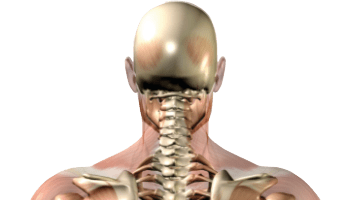Get a 30-minute new patient assessment, diagnosis & treatment plan for just £35
Sciatica is a very treatable problem. In most cases, a short course of treatment is all that is needed to remove sciatic pain. Having released any trapped nerve, we can promote a good, healthy environment so natural healing can occur much more rapidly.
What is Sciatica?
The term sciatica has become used to describe pain down the back and side of the leg, buttock or foot, resulting from a trapped nerve. In many cases, it is not the sciatic nerve, but one of many that travel in that area. The symptoms often gradually increase or occur more regularly as the condition progresses.
What are the Symptoms?
- Lower back or buttock pain that leads to shooting pain down the leg and foot.
- Leg pain that makes it difficult to walk or stand.
- Pain in the buttocks or the back of the leg when sitting in chairs or cars.
Can we treat your sciatic pain?
Our experienced Osteopaths successfully treat all types of sciatica and nerve pain. In most cases, a short course of 4-6 treatments is all that is required to deal with sciatic pain. The common cause of this pain is nerve compression in the lower back or buttocks.
Trapped or compressed nerves in the lumbar spine are freed with the use of traction, articulation and manipulation techniques. Nerves that are trapped in the buttock muscles are released with massage, stretches and exercises. In some cases, the tight buttock muscles are a result of the body compensating for dropped arches in the feet, and in these instances, Orthotic insoles can be prescribed to correct this.




